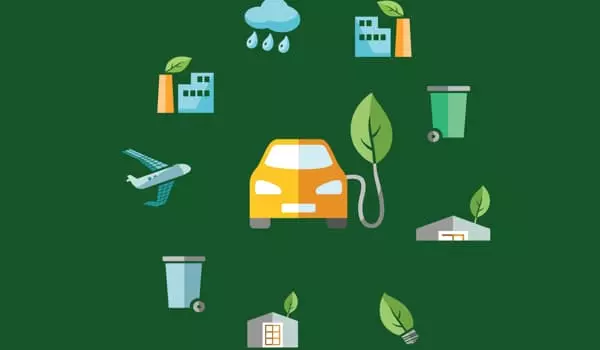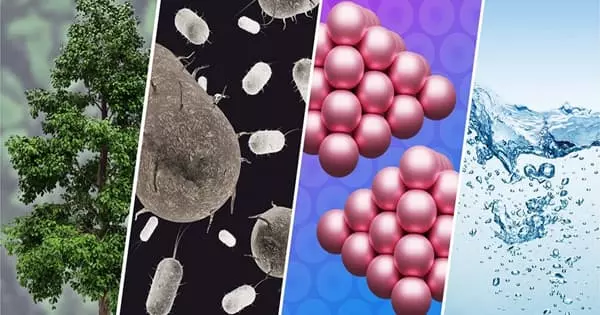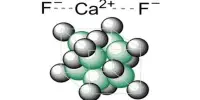Researchers have developed a combined fermentation and chemical refining technology that can produce petroleum-like liquids from renewable plants. These renewable liquids could be a more sustainable replacement for the fossil fuels that are currently used to manufacture everyday products such as plastic containers and bags, automobile parts, lubricants, and soaps.
A team of researchers from the University of Minnesota Twin Cities’ National Science Foundation Center for Sustainable Polymers developed a chemical technology of combined fermentation and chemical refining that can produce petroleum-like liquids from renewable plants.
These renewable liquids could be a more sustainable replacement for the fossil fuels that are currently used to manufacture everyday products such as plastic containers and bags, automobile parts, lubricants, and soaps.
The new study, conducted by researchers at the University of California, Berkeley, and the University of Minnesota, has been published online in Nature Chemistry, a leading peer-reviewed chemistry journal published by Nature Publishing Group.
Our early insight was that we needed to find a molecule that could be easily made with fermentation that could strip the majority of oxygen from glucose. We optimized the chemistry to take advantage of molecular biology’s unique capabilities, and then we used metal nanoparticle catalysts to solve the rest of the problem.
Michelle Chang
Scientists have struggled to use plants as a source of plastics because they are mostly made up of sugars, which are not the same as the molecules obtained from petroleum. Glucose is the primary sugar in plants, but it contains too much oxygen and has six carbons, which is insufficient for many important applications. Both problems must be solved in order to use plants to make new materials: the conversion process must remove oxygen atoms from the glucose, and molecules must be combined to make larger products.
By combining two normally independent technologies, researchers at the NSF Center for Sustainable Polymers discovered an optimal technology for producing sustainable liquids similar to those obtained from petroleum. First, plant-derived glucose was fermented with microbes to remove the majority of the oxygen. In the second step, metal oxide catalysts removed the remaining oxygen and joined molecules to form a useful distribution of olefins, which are the building blocks of the chemical industry.
“Our early insight was that we needed to find a molecule that could be easily made with fermentation that could strip the majority of oxygen from glucose,” said Michelle Chang, project leader and Professor of Chemistry and Chemical and Biomolecular Engineering at the University of California, Berkeley. “We optimized the chemistry to take advantage of molecular biology’s unique capabilities, and then we used metal nanoparticle catalysts to solve the rest of the problem.”

Professor Chang’s group created a strain of Escherichia coli that converted glucose to eight- and ten-carbon hydroxy-acids, molecules with only a few oxygen atoms at the end of the chain. The microbes were genetically engineered to be able to ‘grow’ these molecules from sugar.
Chang explained that the target molecule was designed with oxygen left in strategic positions to increase the efficiency of the downstream conversion for a group of researchers led by University of Minnesota Chemical Engineering and Materials Science Professor Paul Dauenhauer.
“The bio-renewable molecules created by Professor Chang’s group were ideal raw materials for catalytic refining,” said Dauenhauer, one of the study’s co-authors. “Because these molecules contained just enough oxygen, we were able to easily convert them to larger, more useful molecules using metal nanoparticle catalysts. This allowed us to fine-tune the distribution of molecular products as needed, just like traditional petroleum products, except that we were using renewable resources this time.”
Dauenhauer’s laboratory at the University of Minnesota tested a wide range of catalysts to show that bio-petroleum molecules produced through fermentation could be converted to a variety of important chemicals. Small molecules were developed for the production of key polymers such as polyethylene and polypropylene, which are used in products such as plastic bags, and mid-sized molecules were developed for the production of rubbery materials.
More importantly, the ability to combine fermentation product molecules to create larger molecules that can be used to make soap-like molecules for cleaning applications and longer chain molecules for lubricants. Because of the breadth of possible products depending on the selected catalyst and reaction conditions, the combined fermentation-catalysis technology can be tuned to produce nearly the entire slate of unprocessed chemical materials that can be used in manufacturing processes – similar to conventional petroleum but with bio-renewable resources.
The combined fermentation and chemical refining approach have the advantage of competing economically with conventional products derived from fossil fuels while also improving sustainability. Technologies were combined to identify the lowest-energy and lowest-cost processing techniques, resulting in the most overall efficient method of producing chemicals.
“This is a unique scientific approach to a new sustainable technology that was facilitated by the synergistic research that occurs between disparate research groups supported in the NSF Center for Sustainable Polymers,” said Marc Hillmyer, center director and chemistry professor at the University of Minnesota. “The teamwork and combined focus on solving the problem resulted in a new approach that neither of the individual research groups could have developed.”
“This breakthrough from the NSF Center for Sustainable Polymers demonstrates a truly innovative, green entry into the building blocks for valuable polymers/plastics,” said David Berkowitz, NSF Chemistry Division Director. “The Chang team has created a new, potentially bio-renewable alternative to petroleum cracking by cleverly combining biology and chemistry. These findings demonstrate how NSF investments in collaborative, interdisciplinary science can help to push the boundaries of developing more sustainable chemical industries.”












